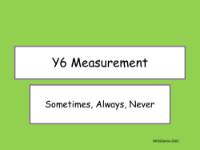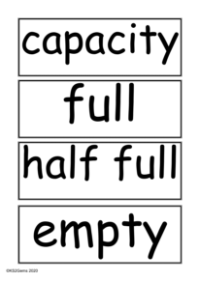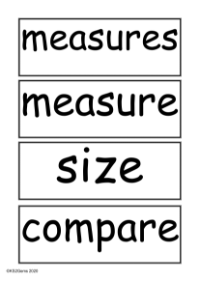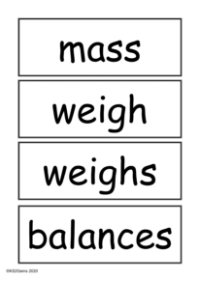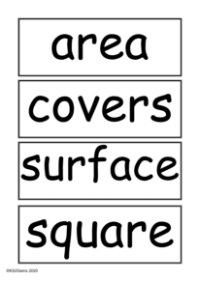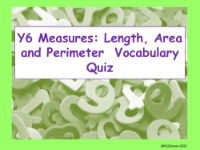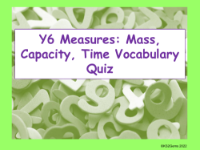Vocabulary - Measures: Length
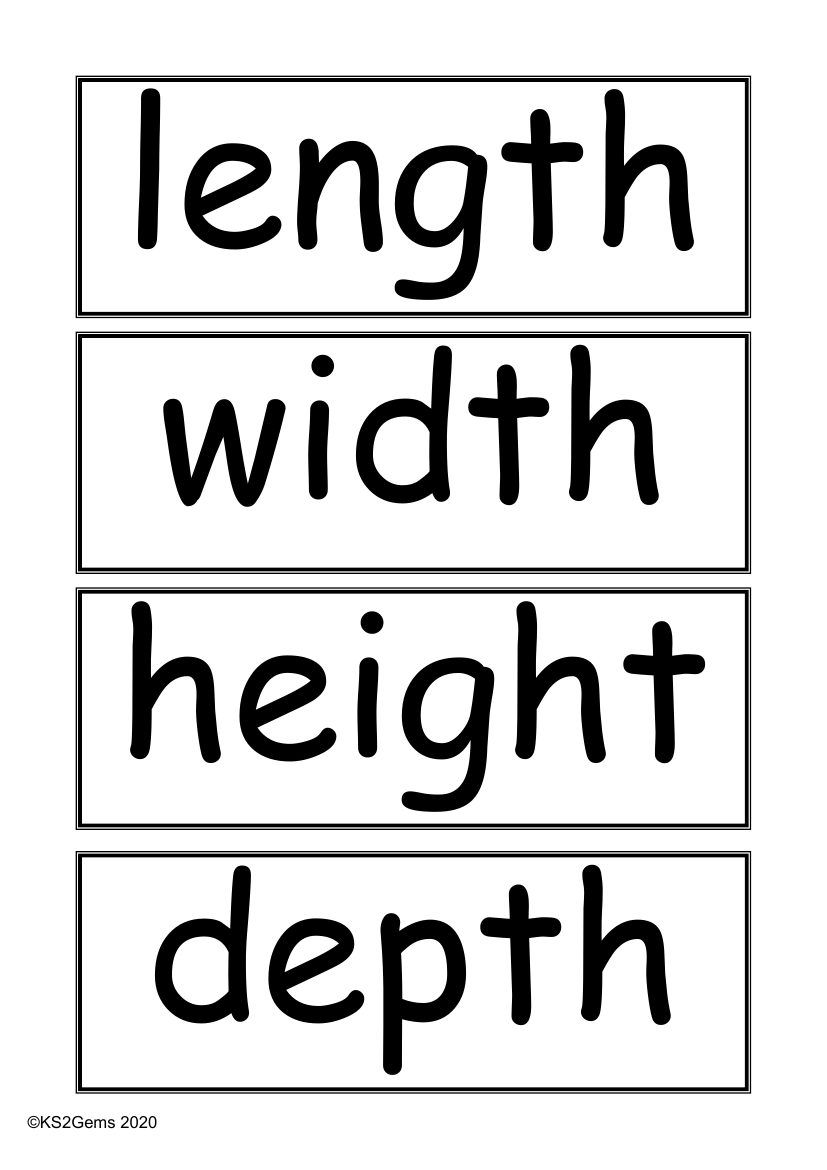
Maths Resource Description
Understanding the language of measurement is a foundational aspect of mathematics, particularly in the study of geometry and spatial awareness. Key terms such as 'length', 'width', 'height', and 'depth' describe the dimensions of objects and spaces. These words help us quantify how long, wide, tall, or deep something is. For instance, 'length' refers to how long an object is from one end to the other, while 'width' denotes the measurement across an object from side to side. 'Height' measures how tall an object is from its base to its top, and 'depth' indicates how deep an object or space extends downwards.
Additional descriptive words provide a comparative perspective. Terms like 'long', 'short', 'tall', 'high', 'low', 'wide', 'narrow', and 'deep' allow us to compare the measurements of different objects. These words can be modified to indicate relative comparisons, such as 'longer', 'shorter', 'taller', 'higher', 'lower', 'furthest', 'nearest', 'closer', and 'distance apart'. Measurements are often expressed in standard units like kilometres (km), metres (m), centimetres (cm), and millimetres (mm), as well as miles, yards, feet, and inches. Tools such as rulers, metre sticks, tape measures, trundle wheels, and compasses are used to measure these units. Understanding these terms and how they relate to each other is essential in various real-life contexts, from navigating distances to calculating the area and perimeter of shapes and spaces.
